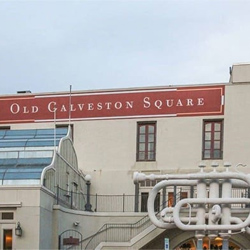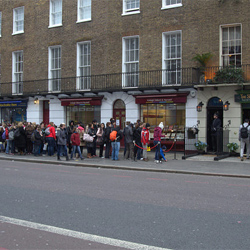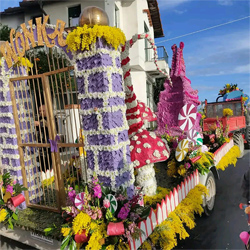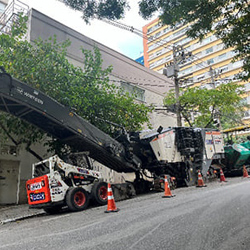Open House London is a nine-day celebration of London's architecture and it is an urban event that offers the opportunity to visit architectural wonders for free that are not normally open to the public.
Among the accessible buildings there are normally prestigious schools, offices and wonderful places of worship.
The festival also includes a free program of activities, workshops, events and architecture paths focusing on three themes: Local London, Global London and Architecture and Wellbeing.
Revealing great architecture for free is the goal.
Open House London is a mecca for architecture enthusiasts, but not only.
It is a great event to which all citizens are invited to participate: a way to discover little known corners of the capital, to observe the way London is changing, to reflect on how the space we live affects our lives, especially post-pandemic.
The event started in the 90s as the initiative of a small charity.
It has since grown in importance and has also spread to other cities around the world.
In its past editions over 600 attractions could be visited on weekends, including palaces and organized tours were held in every area of the capital.
But this year was different and a limited amount of buildings were open to the public: still better than nothing.
The central areas of London are very well represented (with buildings between the City and Camden), but there are places to visit even in outlying areas such as Havering or Wimbledon, just to name a few. And it is precisely in these areas that the most innovative and interesting architectural solutions can very often be found.
In one of the past editions, I got to visit the Hermitage Community Moorings, a floating Pier House with a complex system of moorings to house historic and residential boats.
Once I was also able to visit Wembley Park in the company of the creative team that was carrying out its development. But these are just examples.
You can indeed visit private homes and public residences, skyscrapers, government buildings, schools and universities, embassies, art galleries, gyms, libraries, offices, cemeteries, courts and much more, selected for their architectural interest. The major theatres and concert halls are also open and free to visit, from the Royal Albert Hall to other iconic places.
In some past edition you could even see the inside of 10 Downing Street, the Prime Minister's residence, but only for the lucky few who participated in the raffle and won it.

Floating Houses London

Finding your way around is easy.
To best navigate the event and choose where to go, the simplest thing is to obtain the printed guide, a booklet with all the necessary information.
The open buildings are listed by neighbourhood and by type, making it very easy to choose where to go. The guide is available free of charge at municipal libraries, or on sale at some book shops but it can also be downloaded and printed at home.
In the past, most buildings did not require reservations but this year they required it.
In this year’s edition, I got to visit London’s least known estates in Greenwich and some precious gems including a disguised second world war air raid shelter.
Although from the surface level the Air Raid Shelter looked and still looks like a regular garden, it was built during the World War as an anti-aircraft protection.
Located very deep underground, this refuge consisted of 4 reinforced galleries in reinforced concrete to withstand the explosion of bombs and shock waves, with a conical structure.
It was equipped with latrines, bunk beds and both a lighting and a ventilation system; it could accommodate a good number of people, despite the relatively small size.
Many inhabitants of the area took advantage of this shelter during the air raids on the city.
The shelter still hosts original details and objects which were left behind.



























































